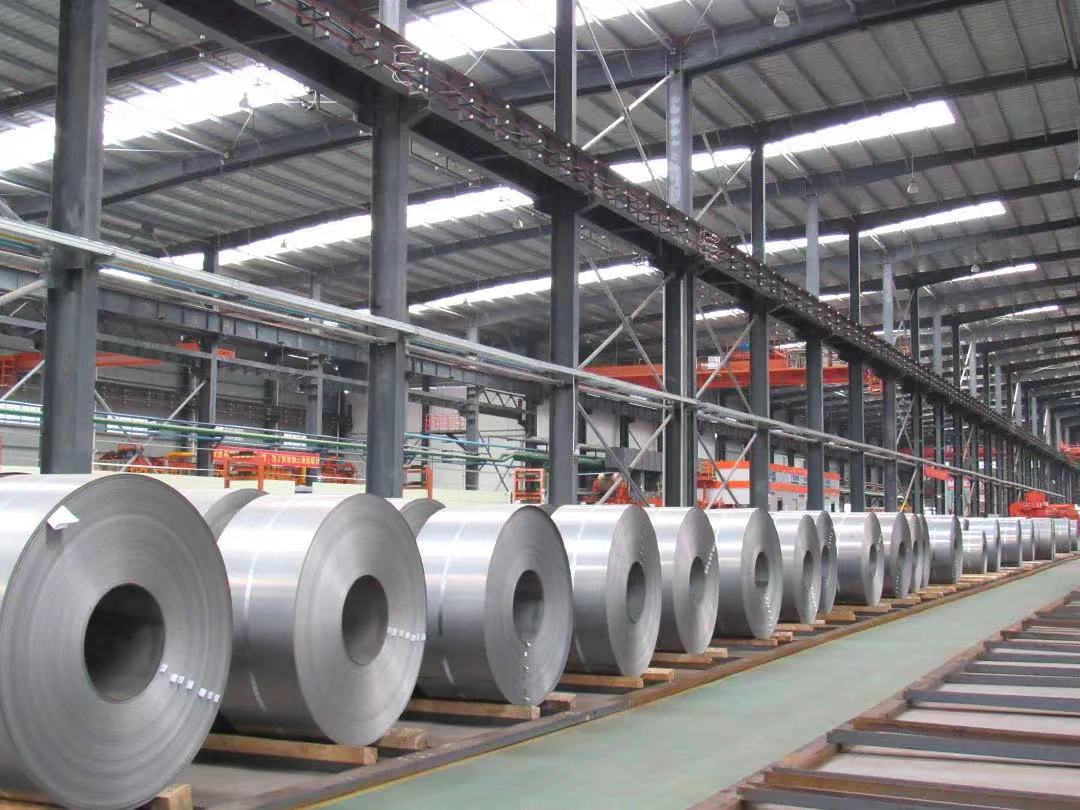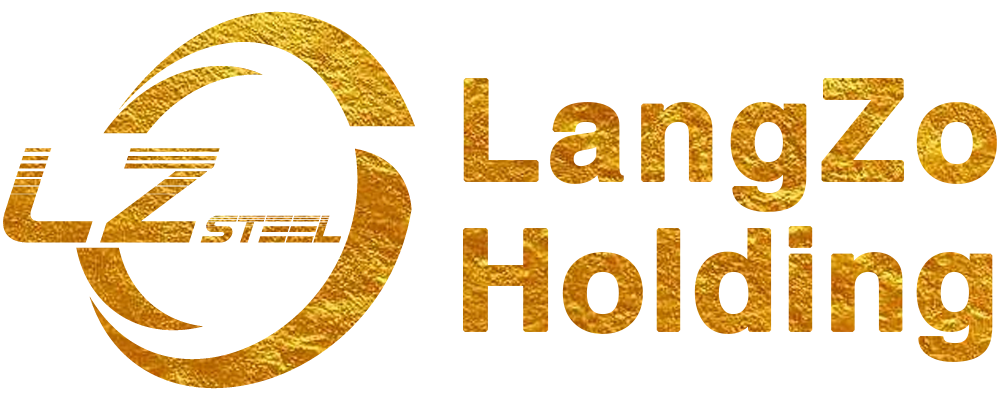
In many industrial applications, high-temperature and high-humidity environments pose a significant challenge to material performance. Aluzinc sheets, as a commonly used metal material, have demonstrated remarkable performance in such harsh conditions, making them a preferred choice for various applications.
1. Corrosion Resistance
In high-temperature and high-humidity environments, the air is saturated with moisture, which accelerates various chemical reactions. However, Aluzinc sheets exhibit strong resistance to these corrosive conditions. The aluminum coating on Aluzinc sheets rapidly forms a dense aluminum oxide film upon exposure to air, which provides excellent chemical stability. This oxide layer effectively prevents moisture and potential corrosive gases, such as sulfur dioxide, from penetrating the material. Additionally, the zinc component of the coating acts as a sacrificial anode, offering electrochemical protection. Even if small areas of the coating are damaged due to high temperatures, the zinc corrodes first, protecting the underlying substrate and ensuring the overall integrity of the material.
For example, in coastal regions with high temperatures and humidity, many industrial factories use Aluzinc sheets for roofing. After years of use, these roofs continue to maintain their appearance and structural integrity without significant rust, demonstrating the corrosion-resistant advantages of Aluzinc sheets in such harsh environments.
2. Mechanical Properties
High temperatures typically cause metals to expand, while high humidity may lead to water vapor penetration, which can affect the internal structure and mechanical properties of materials. However, Aluzinc sheets possess excellent thermal stability, and their thermal expansion coefficient remains relatively controlled within a reasonable high-temperature range. This prevents excessive expansion or deformation that could lead to structural instability.
In high-humidity environments, provided the manufacturing process is up to standard, water vapor cannot easily penetrate the sheet’s surface and damage its lattice structure. This helps retain the strength and toughness of the material. For instance, in storage facilities located in humid, high-temperature regions, Aluzinc sheet structures such as shelving units maintain stability and can support significant loads without bending or breaking, even after prolonged exposure to high heat and humidity.
3. Aesthetic Performance
High-temperature and high-humidity environments often lead to issues such as discoloration, mold growth, and staining on many materials. However, Aluzinc sheets, with their superior protective coating, maintain their color and smooth surface in such conditions. The aluminum-zinc coating not only protects the material from corrosion but also acts as a barrier against environmental factors that could negatively affect its appearance, keeping the material looking clean and visually appealing for extended periods.
This characteristic is particularly important in applications where the appearance of the material is crucial, such as in architectural facades, decorative buildings, or equipment housings. The ability to retain an aesthetically pleasing surface is a key advantage of Aluzinc sheets in high-temperature and high-humidity environments.
4. Precautions for Extreme Environments
Although Aluzinc sheets perform exceptionally well in high-temperature and high-humidity environments, they are not immune to extreme conditions. In environments with prolonged exposure to ultra-high temperatures, near-saturated humidity, and highly corrosive agents, additional protective measures may be required. These could include regular cleaning and maintenance, as well as the application of extra anti-corrosion coatings to further safeguard the material’s performance and longevity.
Conclusion
Aluzinc sheets offer reliable and durable performance in high-temperature and high-humidity environments. With exceptional corrosion resistance, mechanical stability, and aesthetic longevity, they are suitable for a wide range of applications in industries exposed to harsh climatic conditions. However, for extreme environments, additional protective measures can enhance their performance and extend their lifespan.





